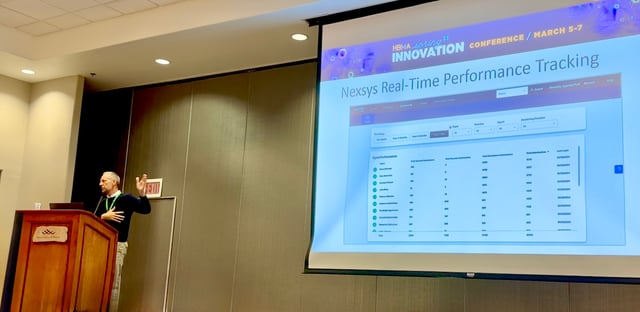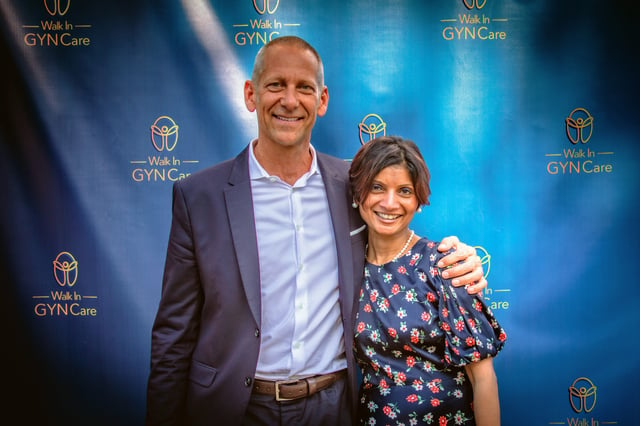"CMS estimates family physicians will experience a 13% overall increase in their Medicare allowed charges in 2021."
2021 New Coding Changes- Part I

It’s that time of year when the new procedure codes go into effect and everyone is anxious to start using the new additions, avoiding the deletions, and use the new revisions to discover how they may impact their Practice. 2021 brings significant changes for new and established office visits as well as some key procedural coding changes for some specialties.
The following is a high-level summary of some of the coding changes. The CPT® Manual should be reviewed in detail to ensure identification of all relevant additions, deletions, and revisions.
The Centers for Medicare & Medicaid Services (CMS) recently released the 2021 Medicare physician fee schedule final rule. It contained mostly good news for primary care, and an estimated increase of more than 10-13% in Medicare allowed charges for family physicians.
Effective Jan. 1, 2021, you will no longer need to document the patient’s history of present illness or exam components. Instead, you will be able to document office visit codes 99202-99215 using only total time or medical decision making. Coding for prolonged services will also be simplified. It's the biggest change in evaluation and management (E/M) office coding since 1997. See part II for more details.
Evaluation & Management Services
The biggest changes for 2021 are in the Evaluation and Management (E/M) Section. In short, the changes for 2021 include the deletion of 99201 (new patient visit level 1), creation of a new add-on code for extended visits (+99417), creation of a new complexity of service code (GPC1X), elimination of history and/or physician exam in determining the billable code level, and code assignment for new (99202-99205) and established (99211-99215) patient visits based on time or Medical Decision Making (MDM). If MDM is the deciding factor for the visit level, the existing guidelines that have been in place since 1995 must still be followed.
Total time includes all of the time you spend on that patient on the day of the visit. You will now get credit for the time you spend prepping for the visit and time you spend documenting the visit and writing orders afterwards, as well as your face-to-face time with the patient. But get your documentation done before midnight on the day of the visit, because that’s the deadline for including it in total time. Describe what was done, and document time in a single statement. “I spent 30 minutes reviewing the patient’s diagnostic tests, seeing the patient, talking with the visiting nurse, and documenting in the record.” It isn’t necessary to note how much time was spent in each activity. For established patients, a level 2 visit will be 10-19 mins and a level 3 visit will be 20-29 mins. Level 4 starts at 30 mins, level 5 at 40 mins, and every visit of 55 mins or above can be coded with a level 5 code plus the prolonged services code 99417 (G2212 for Medicare).
The American Medical Association (AMA) states that the definition of time is the minimum time, not the typical time, and represents total physician/qualified health care professional (QHP) time on the date of service. The use of these codes requires a face-to-face encounter by the physician, or other QHP, and includes the total of face-to-face and non-face-to-face time. The total time does not include time for activities normally performed by clinical staff. A qualified healthcare professional is defined as an individual who by education, training, licensure/regulation, and facility privileging can perform a professional service within their scope of practice and independently report a professional service for reimbursement. If the visit is a split/shared visit, only distinct time should be summed when two or more individuals meet with or discuss the patient so that only the time of one individual is counted.
Typical activities that can be used toward total time include: Preparing to see the patient (e.g., review of tests); counseling and education for the patient/family/caregiver; documenting clinical information in the electronic health record; obtaining and/or reviewing separately obtained history; ordering medications, tests, or procedures; independently interpreting results (not separately reported) and communicating results to patient/family/caregiver; performing a medically appropriate examination and/or evaluation; referring and communicating with other healthcare professionals (when not separately reported); and care coordination (not separately reported).
*(The time requirement table is inserted below)
Physician/other qualified health care professional time includes the following activities, when performed:
- preparing to see the patient (e.g., review of tests)
- obtaining and/or reviewing separately obtained history
- performing a medically appropriate examination and/or evaluation
- counseling and educating the patient/family/caregiver
- ordering medications, tests, or procedures
- referring and communicating with other health care professionals (when not separately reported)
- documenting clinical information in the electronic or other health record
- independently interpreting results (not separately reported) and communicating results to the patient/family/caregiver
- care coordination (not separately reported)
Prolonged services coding has also changed. The multiple current codes 99354/99355 have become a single CPT code, 99417, which you can bill in 15-minute increments when total time exceeds a level 5 visit. So, a visit of 55-69 minutes with an established patient would require 99215 plus a single 99417 prolonged services code. A visit of 70-84 minutes with an established patient would take a 99215 plus two 99417 prolonged services codes, and so on. It can be used to report the total prolonged time with and without direct patient contact on the same day as an office visit. Unfortunately, not all the news was good. CMS decided it will allow the prolonged services code to be billed only after the maximum total time of a level 5 E/M visit has been exceeded by at least 15 minutes. This differs from the CPT prolonged services code (which applies to all visits that exceed the minimum threshold of a level 5 visit by 15 minutes), so CMS created a new code, G2212, for prolonged patient visits.
Medical decision making is made up of three elements: problems, data, and risk. Problems are the patient concerns you are addressing at that visit. Data is every unique test, order, or document you reviewed for the visit. Risk is the patient’s odds of complications, morbidity, or mortality. The amount and complexity of the problems, data, and risk determine the level of visit. One thing that is not changing when scoring MDM is that we need two of three elements to support the level of MDM.
The agency has also moved forward with add-on code G2211, which is meant to compensate physicians and other qualified health care professionals for the inherent complexity of primary care and other office visits.
CMS also finalized proposals to increase the values of certain codes, including those for the following services:
Maternity services, Transitional care management services, Initial preventive physical examinations (i.e., “Welcome to Medicare” visits) and initial and subsequent annual wellness visits, Emergency department visits and some behavioral health services.
There is some bad news. The amount Medicare pays per relative value unit — known as the conversion factor — is decreasing to $32.4085, which is $3.681 lower than in 2020.
Despite the decrease, CMS estimates family physicians will experience a 13% overall increase in their Medicare allowed charges in 2021.
A summary of the 2021 physician fee schedule and fact sheet(www.cms.gov) are available online. You can find additional details and a link to the final rule(www.cms.gov) on the CMS website.
|
+99417 |
Prolonged office or other outpatient evaluation and management service(s) beyond the minimum required time of the primary procedure which has been selected using total time, requiring total time with or without direct patient contact beyond the usual service, on the date of the primary service, each 15 minutes of total time (List separately in addition to codes 99205, 99215 for office or other outpatient Evaluation and Management services) |
|
+GPC1X* |
Visit complexity inherent to evaluation and management associated with medical care services that serve as the continuing focal point for all needed health care services and/or with medical care services that are part of ongoing care related to a patient’s single, serious, or complex chronic condition. (Add on code, list separately in addition to office/outpatient evaluation and management visit, new or established) *The fifth digit of the new code will be provided in the 2021 HCPCS code set. |
Look for Part's 2 & 3 for a Deeper Dive into the Details.....







